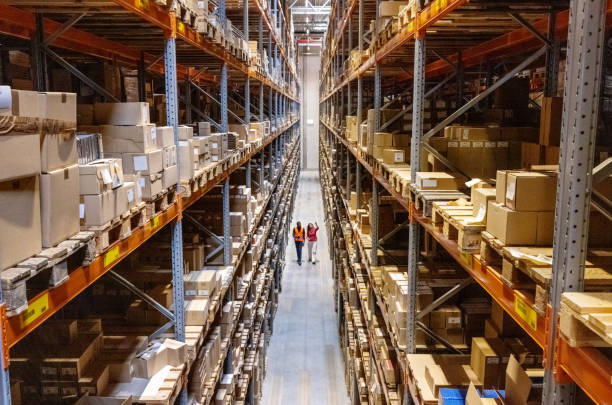Materials and maintenance for long-lasting cleaning equipment
Selecting the right materials and establishing routine maintenance are central to extending the life of cleaning equipment. This article examines how durability, hygiene, mobility, and storage choices interact with maintenance practices, ergonomics, inventory control, and sustainability to support reliable, safe cleaning operations.

How does durability affect cleaning equipment lifespan?
Choosing durable materials directly influences how long cleaning equipment remains functional and safe. Corrosion-resistant metals, heavy-duty plastics, and reinforced composites resist wear from chemicals, moisture, and impact during routine cleaning. Durability reduces the frequency of replacements and supports consistent hygiene and sanitation by preventing cracks and crevices where dirt and microbes collect. When evaluating products, consider expected use patterns, chemical exposure, and environmental conditions; a product with slightly higher initial durability can lower lifecycle maintenance needs and contribute to more predictable workflow and inventory planning.
What maintenance practices extend durability?
Planned maintenance preserves materials and prevents small issues from becoming failures. Regular inspections, scheduled cleaning of moving parts, lubrication where appropriate, and prompt replacement of worn brushes or wheels maintain mobility and safety. Create checklists that tie maintenance tasks to inventory so spare parts are available and downtime is minimized. Proper storage after use—drying components, locking compartments, and keeping chemicals separated—also extends component life. Documenting maintenance supports continuity across shifts and provides data for procurement decisions focused on long-term durability rather than short-term cost savings.
How does mobility influence workflow and safety?
Mobility features such as swivel casters, ergonomic handles, and balanced load distribution shape how staff move equipment through facilities. Smooth mobility reduces operator fatigue and decreases accident risk, which supports safety and sanitation by minimizing spills and unintended contamination. Choose wheels that resist debris buildup and suit floor types found in your area. Mobility design also affects the cleaning workflow: carts that travel easily between rooms save time, improve task sequencing, and reduce repetitive strain, thereby aligning ergonomics with efficient cleaning schedules and inventory usage.
How can storage and inventory improve sanitation?
Effective storage protects equipment from environmental damage and contamination while improving access to supplies. Shelving, locking compartments, and clear labeling streamline inventory control and help maintain hygiene by keeping cleaning agents and tools separate and organized. A compact storage footprint supports workflow by placing supplies near their point of use, which reduces cross-contamination risks. Implementing simple inventory checks prevents expired disinfectants or damaged tools from circulating, supporting sanitation standards and predictable maintenance cycles that prolong equipment life.
What role do ergonomics and safety play in materials selection?
Ergonomics affects both human health and equipment longevity. Comfortable handles, adjustable heights, and reachable storage reduce operator strain and careless handling that can damage materials. Safety features such as non-slip surfaces, rounded edges, and secure fastening systems prevent accidents and protect sanitation integrity by keeping supplies contained. Prioritizing ergonomics also improves compliance with safety protocols, lowering incident rates and the associated repair or replacement costs. When selecting materials, consider their tactile performance, weight, and cleanability to balance durability with user-centered design.
How does sustainability connect to hygiene and materials?
Sustainability considerations influence material choices and maintenance strategies. Recyclable or repairable components, modular designs that allow part replacement, and materials that tolerate lower-toxicity cleaning agents reduce environmental impact. Sustainable choices should still support hygiene and sanitation by being easy to clean and resistant to microbial buildup. Lifecycle thinking—assessing durability, maintenance needs, and end-of-life recycling—can align facility goals for reduced waste with reliable performance and inventory efficiency. This approach often yields better long-term value while meeting safety and workflow requirements.
This article is for informational purposes only and should not be considered medical advice. Please consult a qualified healthcare professional for personalized guidance and treatment.
Conclusion
Long-lasting cleaning equipment results from an integrated approach that pairs durable materials with disciplined maintenance, thoughtful mobility features, organized storage and inventory, ergonomic design, and sustainable practices. Focusing on these areas helps protect hygiene and sanitation standards, supports safer workflows, and reduces unexpected replacements. Clear documentation and consistent routines translate material benefits into measurable reliability across facilities and teams.






